You’re standing there with a print job that needs to get done, and someone just asked you the dreaded question: “Do you want offset or digital?” And unless you work in printing, you’re probably thinking, “I just want my stuff printed. Why is this so complicated?”
Here’s the thing – it’s not actually that complicated once you understand what these two methods are really good at. So let me break it down in a way that’ll actually help you make a decision without feeling like you need a degree in graphic arts.
The Basic Difference (Without the Jargon)
Digital printing is basically like your office printer’s much more impressive older sibling. It takes your file and prints it directly onto paper. What you see on screen is pretty much what you get on paper.
Offset printing is the old-school method that’s been around since your grandparents were young. It involves creating metal plates, mixing specific inks, and running everything through a press. Yeah, it sounds more involved – because it is.
When Digital Printing Makes Perfect Sense
You need it yesterday. Digital printing shines when time is tight. There’s no setup time with plates or color calibration. You can literally print one copy, check it, make changes, and print again within minutes.
Your quantity is on the smaller side. Printing 50 business cards? 100 flyers for a local event? Digital is your friend. The cost per piece stays relatively flat whether you’re printing 10 or 500 copies.
Every piece needs to be different. This is where digital printing does something offset can’t touch – variable data printing. Think personalized direct mail where every recipient’s name is different, or numbered tickets for an event. Digital handles this beautifully.
You’re still tweaking things. If you’re the kind of person who likes to see version 1, then makes changes for version 2, digital printing won’t punish you for your perfectionism.
When Offset Printing Is Worth the Extra Steps
You’re printing thousands (or tens of thousands). Here’s the deal with offset: it has a higher upfront cost because of all that setup, but then each additional copy becomes incredibly cheap. Print 5,000 brochures and the per-unit cost drops dramatically compared to digital.
Color accuracy is non-negotiable. If you’re printing a product catalog and that lipstick shade needs to match exactly, or you’re a brand with specific Pantone colors that need to be perfect every single time, offset printing gives you that precision. It uses actual ink formulations, not just combinations of cyan, magenta, yellow, and black.
The paper matters to you. Offset printing works with pretty much any paper stock you can dream up – from delicate tissues to heavy cardboard. Digital printers can be pickier.
You want that premium feel. There’s something about offset-printed materials that just feels different in your hand. The ink sits differently on the paper, colors often look richer, and if you’re going for high-end marketing materials or art prints, offset usually delivers that extra polish.
The Real-World Decision
Most of the printing decisions come down to a simple mental calculation: Am I printing more than 1,000 copies of something that needs to look really good? If yes, I’m probably going offset. If it’s under 500 copies, or if I need it fast, or if every piece needs personalization, digital wins every time.
For stuff in between? That’s when I actually talk to the printer and get quotes both ways. Sometimes you’d be surprised – the break-even point where offset becomes cheaper than digital might be at 800 copies for one job and 2,000 for another, depending on the specifics.
A Few Things Nobody Tells You
Digital printing has come a long way. Seriously, if someone’s telling you digital printing always looks inferior, they haven’t looked at modern digital presses lately. For most applications, you’d be hard-pressed to tell the difference.
Offset isn’t always slower. Once those plates are made and the press is running, offset can actually churn out thousands of copies faster than digital. It’s the setup that takes time.
Consider your next print run. Going with offset? Those plates can often be saved for reprints, making your next order of the same design cheaper and faster.
The Bottom Line
Choose digital when you need speed, flexibility, or smaller quantities. Choose offset when you’re printing in bulk, need exacting color standards, or want that premium quality that makes people stop and notice.
And if you’re still not sure? Talk to your printer. A good print shop will be honest about which method makes sense for your specific project – and if they’re just trying to upsell you on the more expensive option, find a different printer.
At the end of the day, both methods have their place. The right choice isn’t about which technology is “better” – it’s about which one fits what you’re actually trying to accomplish.

